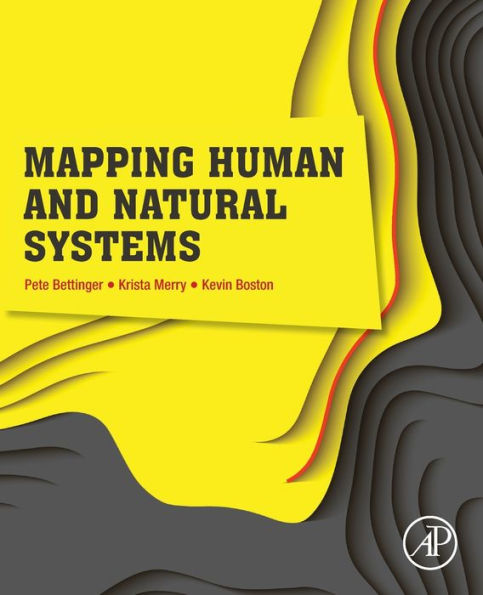5
1
9780128192290



Mapping Human and Natural Systems available in Paperback, eBook

Mapping Human and Natural Systems
- ISBN-10:
- 0128192291
- ISBN-13:
- 9780128192290
- Pub. Date:
- 11/15/2019
- Publisher:
- Elsevier Science
- ISBN-10:
- 0128192291
- ISBN-13:
- 9780128192290
- Pub. Date:
- 11/15/2019
- Publisher:
- Elsevier Science

Mapping Human and Natural Systems
$99.95
Current price is , Original price is $99.95. You
99.95
In Stock

Product Details
| ISBN-13: | 9780128192290 |
|---|---|
| Publisher: | Elsevier Science |
| Publication date: | 11/15/2019 |
| Pages: | 356 |
| Product dimensions: | 7.50(w) x 9.25(h) x (d) |
About the Author
What People are Saying About This
From the B&N Reads Blog
